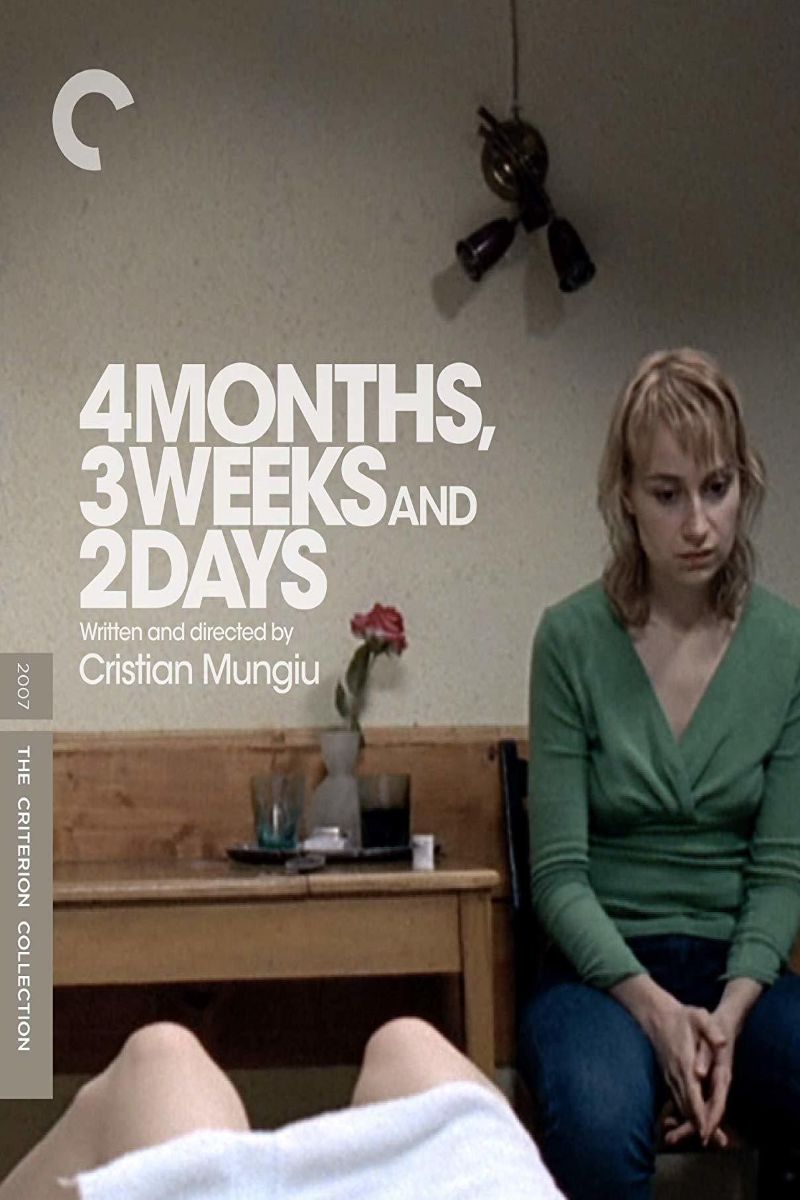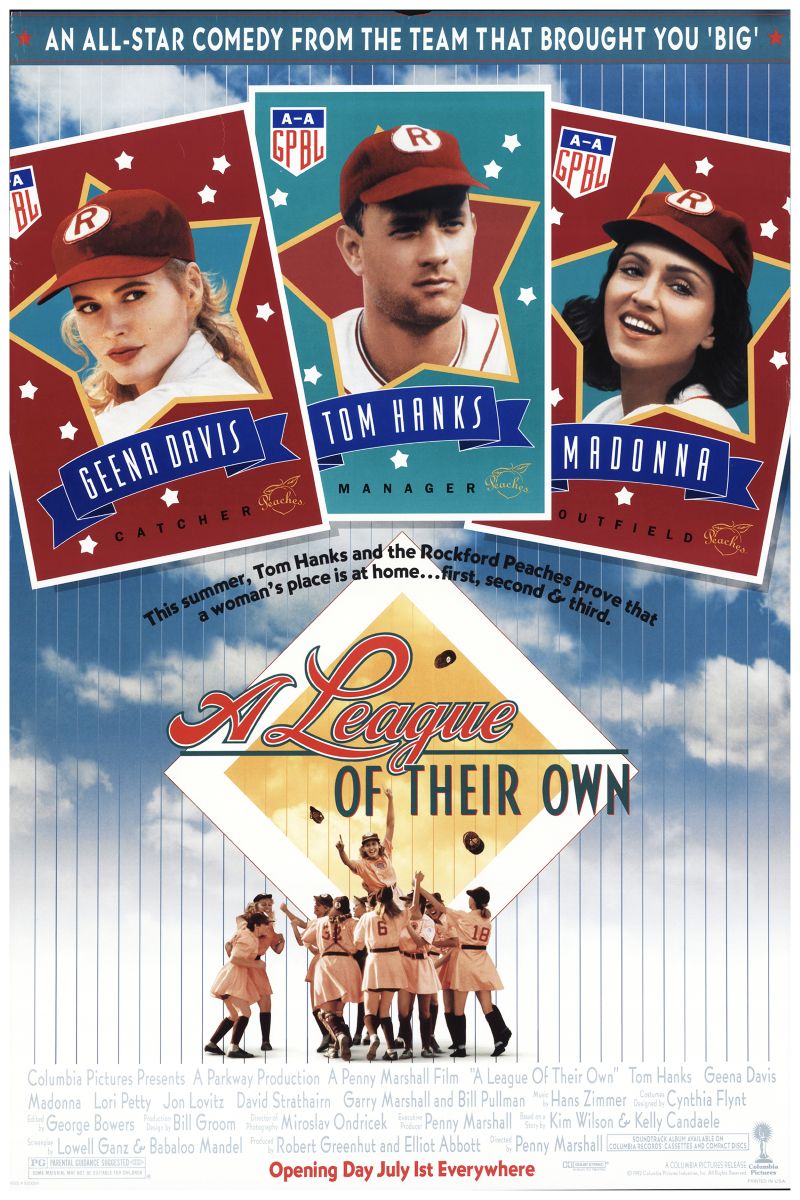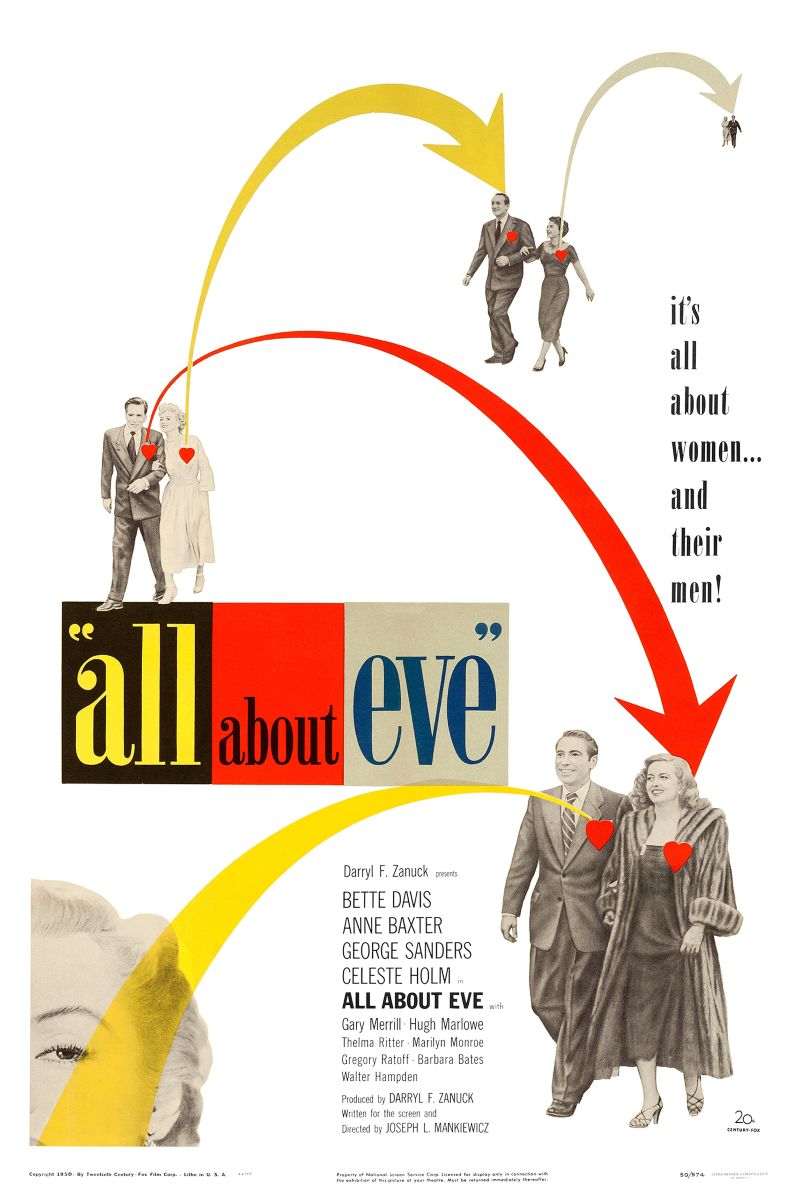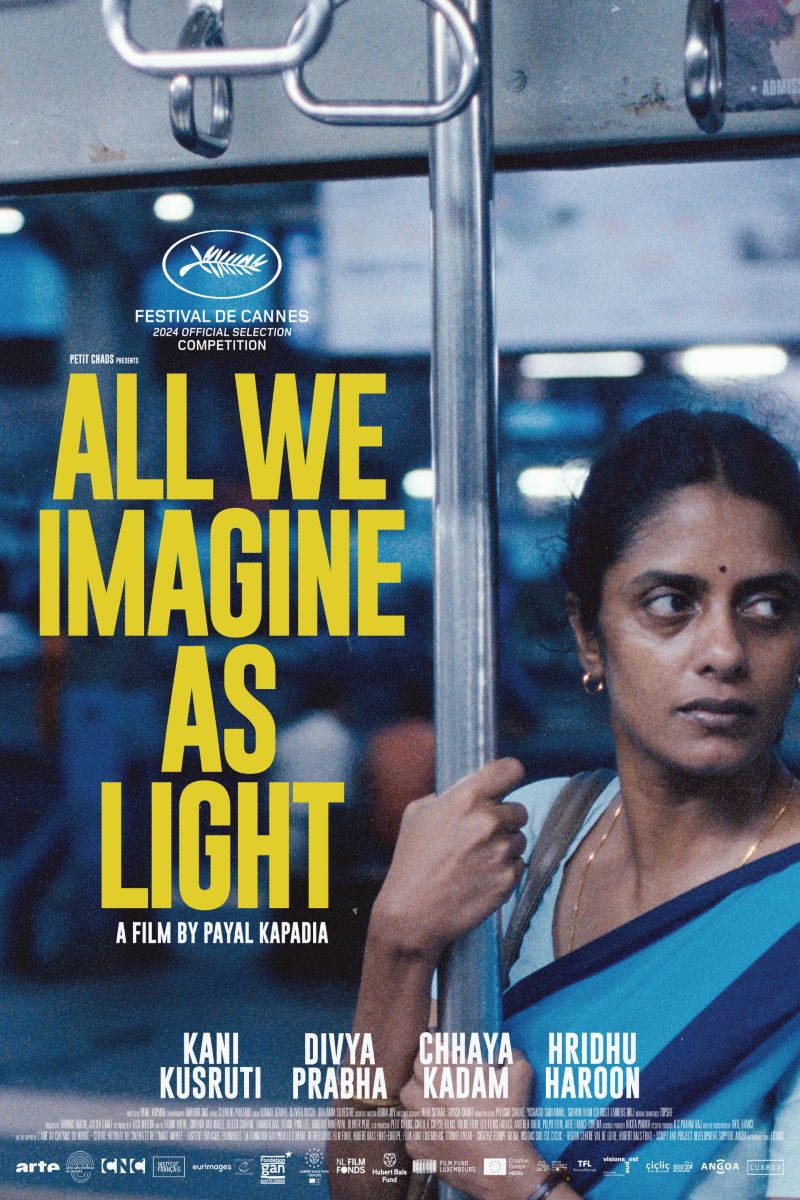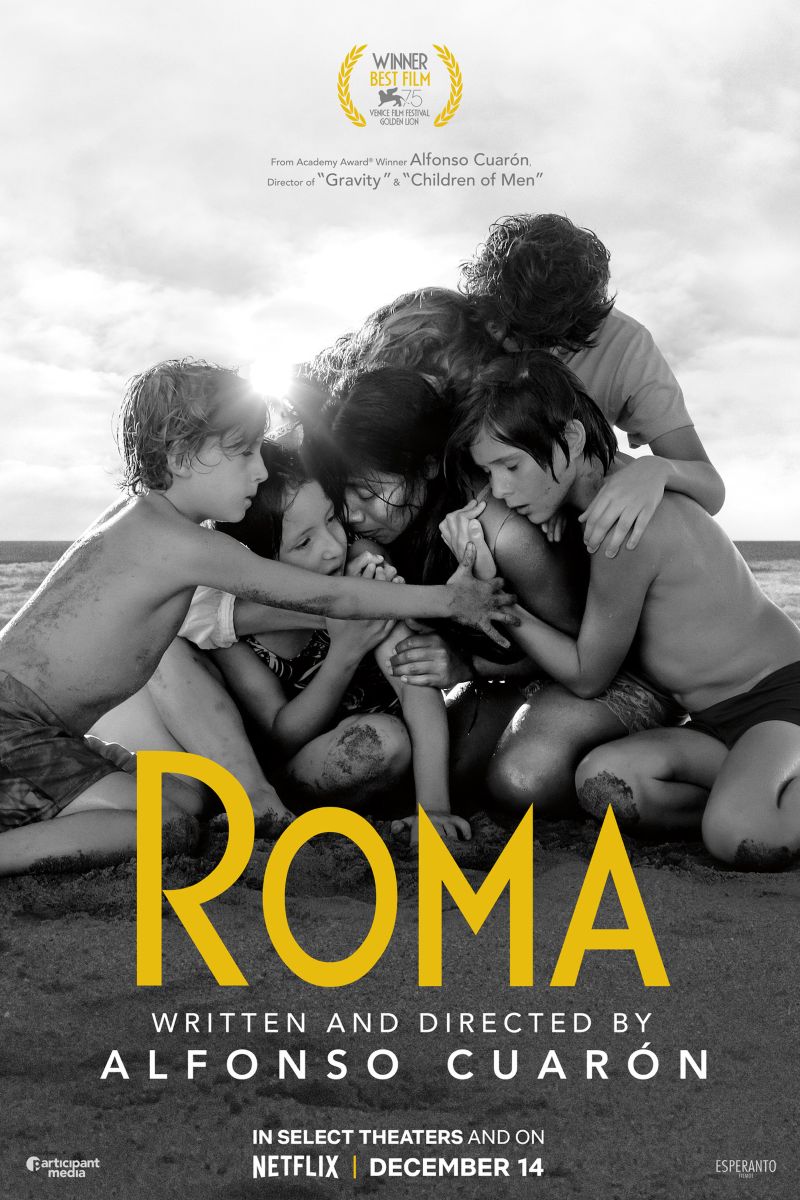
Roma
Roma
Writer and director Alfonso Cuarón has described Roma as a love letter to all the women who raised him. It's a beautiful rumination on all the 'hoods' women go through: girlhood, womanhood, motherhood. A domestic drama about a maid and the middle-class family she cares for in Mexico City, the story is told in crisp black-and-white, but it doesn't take long to see that a woman's work never ventures far out of the gray area.
主演
🎥 影评与解读
Alfonso Cuarón’s “Roma” emerges as one of the most profound and visually stunning examinations of women’s labor, class dynamics, and intersectional oppression in contemporary cinema. This 2018 masterpiece, shot in luminous black and white, transforms what could have been a simple domestic drama into a powerful meditation on the invisible work that sustains families and societies, while simultaneously exploring the complex relationships between gender, race, and class in 1970s Mexico City.
The Architecture of Domestic Labor
At its heart, “Roma” is a revolutionary film about women’s work—not the glamorous careers or public achievements typically celebrated in cinema, but the endless, often invisible labor that maintains households and nurtures families. Through the character of Cleodegaria “Cleo” Gutiérrez (Yalitza Aparicio), Cuarón illuminates the profound complexity of domestic work that extends far beyond cleaning and childcare to encompass emotional support, crisis management, and the maintenance of family stability.
Cleo’s daily routine—washing floors, preparing meals, caring for children, managing household crises—represents the experiences of millions of women whose labor remains undervalued and largely unrecognized. The film’s meticulous attention to these activities elevates them from mundane background action to the central drama, insisting that audiences recognize the skill, dedication, and emotional intelligence required for this work.
Intersectionality and Indigenous Identity
“Roma” offers a nuanced exploration of how multiple forms of oppression intersect in Cleo’s experience as an indigenous Mixteco woman working for an upper-middle-class white Mexican family. Her marginalization operates on multiple levels: as a woman in a patriarchal society, as an indigenous person in a culture that privileges European ancestry, and as a domestic worker in a class-stratified economic system.
The film reveals how these intersecting identities shape every aspect of Cleo’s life, from her limited economic opportunities to her treatment by employers, lovers, and society at large. Aparicio’s remarkable performance—particularly noteworthy as her acting debut—captures the dignity and resilience Cleo maintains while navigating these complex power dynamics.
The Performance of Motherhood
One of the film’s most profound insights concerns the different ways motherhood is performed and valued across class and racial lines. While Sofía (Marina de Tavira) struggles with her husband’s abandonment and the challenge of maintaining middle-class respectability as a single mother, Cleo faces an unplanned pregnancy with neither economic security nor social support.
The film demonstrates how society expects different forms of maternal sacrifice from women based on their social position. Sofía’s motherhood is seen as deserving of support and sympathy, while Cleo’s potential motherhood is treated as a problem to be managed. This contrast illuminates how motherhood intersects with class and race to create vastly different experiences of what is supposedly a universal female experience.
Economic Vulnerability and Female Solidarity
“Roma” powerfully depicts the economic precarity that defines many women’s lives, showing how quickly circumstances can change and how limited safety nets exist for working-class women. Both Cleo and Sofía face abandonment by men, but their responses and available options differ dramatically based on their class positions.
The film’s most moving moments emerge from the solidarity that develops between these women across class lines. Despite the inherent power imbalance in their employer-employee relationship, Sofía and Cleo develop genuine mutual support, particularly during moments of crisis. This relationship suggests possibilities for female solidarity that transcend class divisions while acknowledging the real constraints those divisions impose.
Visual Language and Female Perspective
Cuarón’s cinematography creates a distinctly feminine visual language that privileges domestic spaces and intimate moments over traditional masculine concerns with action and spectacle. The camera’s patient observation of household routines, its attention to textures and details of daily life, and its focus on emotional relationships rather than dramatic events reflects a fundamentally different approach to storytelling.
The film’s black-and-white photography serves multiple functions: it evokes the documentary photographs that inspired Cuarón’s childhood memories, creates a timeless quality that emphasizes universal themes, and draws attention to the subtle gradations of light and shadow that mirror the complex moral and social terrain the characters navigate.
Historical Context and Political Awakening
Set against the backdrop of the 1971 Corpus Christi Massacre and student protests in Mexico City, “Roma” connects personal struggles to broader political movements while exploring how major historical events affect ordinary women differently based on their social positions. The political violence that erupts in the film’s climactic department store scene literally intrudes into the domestic sphere, showing how public and private realms intersect in women’s lives.
The film suggests that political consciousness emerges not from abstract ideological commitment but from personal experiences of injustice and solidarity. Cleo’s growing awareness of her exploitation develops through her relationships and experiences rather than through formal political education.
Language, Culture, and Authenticity
“Roma” is notable for its authentic representation of linguistic diversity, featuring dialogue in Spanish, Mixteco, and English that reflects the multilingual reality of Mexico City. This linguistic authenticity extends to cultural representation, avoiding the folklorization that often characterizes portrayals of indigenous communities in Mexican cinema.
The film’s commitment to authenticity extends to casting, with Aparicio’s selection representing a rare opportunity for an indigenous actress to carry a major international film. This casting choice itself becomes a political statement about representation and whose stories deserve to be told.
Global Recognition and Cultural Impact
The film’s unprecedented success—including ten Academy Award nominations and wins for Best Director and Best Cinematography—marked a watershed moment for Mexican cinema and indigenous representation in international film. Aparicio’s Oscar nomination for Best Actress made her the first indigenous woman from the Americas to receive this recognition.
Beyond awards recognition, “Roma” sparked important conversations about domestic workers’ rights, indigenous representation in media, and the value of women’s unpaid labor. The film’s success demonstrated that stories centered on working-class women of color could achieve both critical acclaim and popular success when told with authenticity and respect.
The Politics of Memory and Testimony
As a semi-autobiographical work, “Roma” raises important questions about whose memories get preserved and how personal history intersects with broader social narratives. Cuarón’s decision to center Cleo’s perspective rather than his own childhood experience represents a choice to privilege the voice of the marginalized over the privileged.
This narrative choice reflects a broader feminist practice of recovering women’s voices from historical silences, particularly the voices of women whose stories have been excluded from official histories. The film becomes an act of testimony that honors the experiences of domestic workers while acknowledging the complexity of cross-class relationships.
Contemporary Relevance
“Roma” arrived at a moment of heightened global awareness about domestic workers’ rights, economic inequality, and the undervaluation of care work. The film’s themes resonate with contemporary debates about paid family leave, domestic workers’ labor protections, and the recognition of care work as essential economic activity.
The COVID-19 pandemic has only intensified these conversations, as societies grappled with the essential nature of care work and the vulnerabilities of those who perform it. “Roma” provides a framework for understanding these issues through the lens of intersectional feminism and social justice.
Conclusion: The Revolution of Recognition
“Roma” succeeds not by offering simple solutions to complex problems but by insisting on the full humanity and dignity of women whose labor typically remains invisible. The film’s revolutionary act lies in its patient, respectful attention to experiences that cinema has largely ignored or trivialized.
Cuarón has created a work that transforms the personal into the political without sacrificing emotional authenticity or narrative complexity. By centering Cleo’s story, “Roma” argues that the experiences of marginalized women are not simply worthy of sympathy but essential for understanding how societies function and how they might be transformed.
The film’s lasting impact lies in its demonstration that stories about women’s work—particularly the work of women of color and working-class women—can be both artistically ambitious and emotionally powerful. In doing so, “Roma” opens possibilities for cinema that takes seriously the experiences of those whose labor sustains society while challenging audiences to recognize and value the complexity of women’s lives across all social positions.
🏆 获奖与荣誉
- • Venice International Film Festival 金狮奖 2018年
- • 奥斯卡奖 最佳导演
- • 奥斯卡奖 最佳摄影
- • 10 奥斯卡 提名s including 最佳影片
⭐ 评分与链接
相关推荐
评论与讨论
与其他观众一起讨论这个视频
加入讨论
与其他观众一起讨论这个视频
评论加载中...
